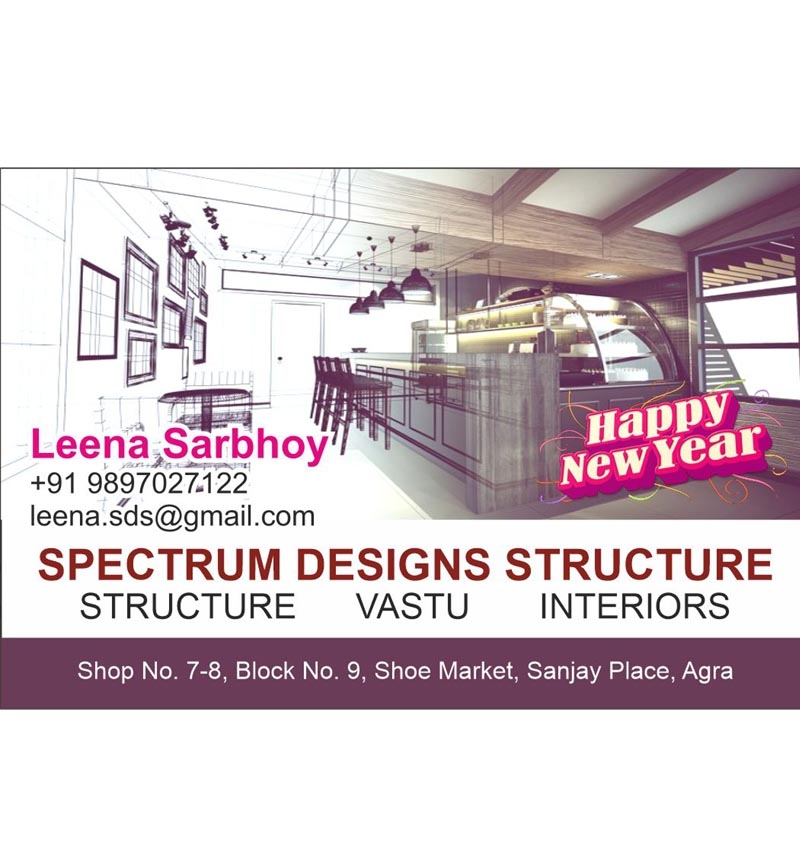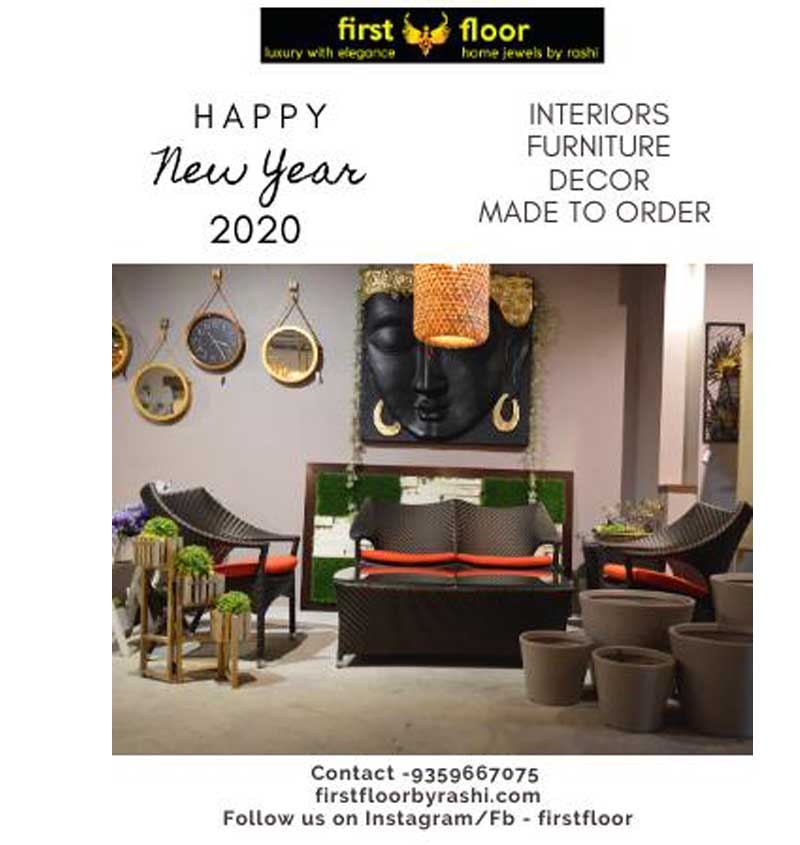In the evolving world of interiors, beauty and function are no longer enough. The next wave of design is about creating spaces that understand, support, and enhance our emotions. This is the rise of emotionally intelligent interiors—homes that nurture mental well-being, inspire joy, and create a sense of belonging.
1. The Power of Atmosphere
Every space carries an emotional tone:
-
Soft lighting can evoke calm and intimacy.
-
Open layouts foster connection and togetherness.
-
Cozy corners encourage reflection and stillness.
Design choices subtly shape how we feel each day.
2. Color Psychology in Practice
Colors are more than aesthetics—they’re emotional cues:
-
Blues and greens calm the mind.
-
Yellows and oranges energize and uplift.
-
Neutrals ground us, while pastels soothe stress.
Choosing colors mindfully allows spaces to align with moods and needs.
3. Designing for Comfort and Security
Emotionally intelligent interiors focus on safety and ease:
-
Rounded furniture edges that feel soft and inviting.
-
Soundproofing for peace in urban environments.
-
Strategic layouts that prevent clutter and promote flow.
Comfort breeds emotional stability.
4. Spaces That Tell Stories
Personalization is key to emotional resonance:
-
Displaying family heirlooms or travel finds.
-
Curating photo walls that capture meaningful memories.
-
Incorporating art and objects that spark joy or nostalgia.
These details transform a house into a soulful home.
5. Mindful Multi-Sensory Design
Emotions respond to all senses, not just sight:
-
Soft textures that invite touch.
-
Scent diffusers with lavender or citrus to influence mood.
-
Background soundscapes of nature or gentle music for relaxation.
When senses are harmonized, interiors feel alive and emotionally balanced.
6. Spaces for Well-Being
Homes can actively support mental health:
-
Meditation or yoga nooks for mindfulness.
-
Quiet reading corners for focus and escape.
-
Nature-inspired design (plants, water features) for grounding.
Designing for well-being means creating spaces that heal, not just house.
Final Thoughts
Emotionally intelligent interiors remind us that design is more than looks—it’s about how spaces make us feel. By shaping light, color, comfort, and personalization, we can create homes that don’t just serve us physically but nourish us emotionally.
Because the best homes don’t only shelter our bodies…
They also care for our hearts and minds.



















Your Message